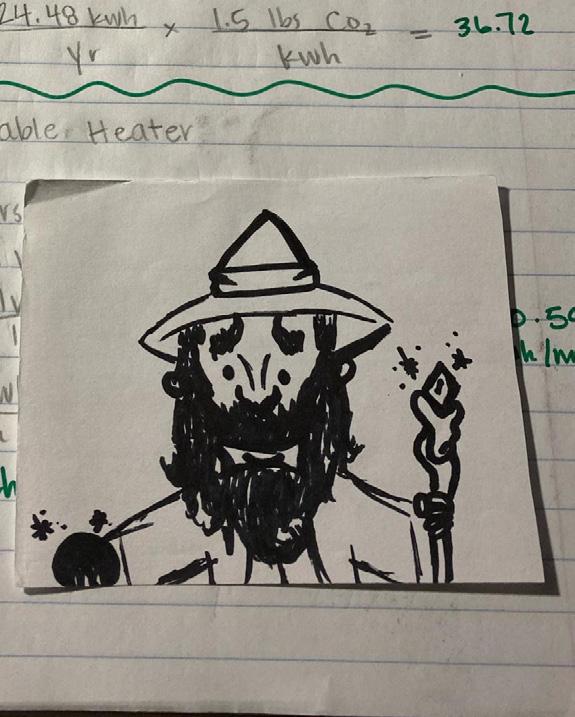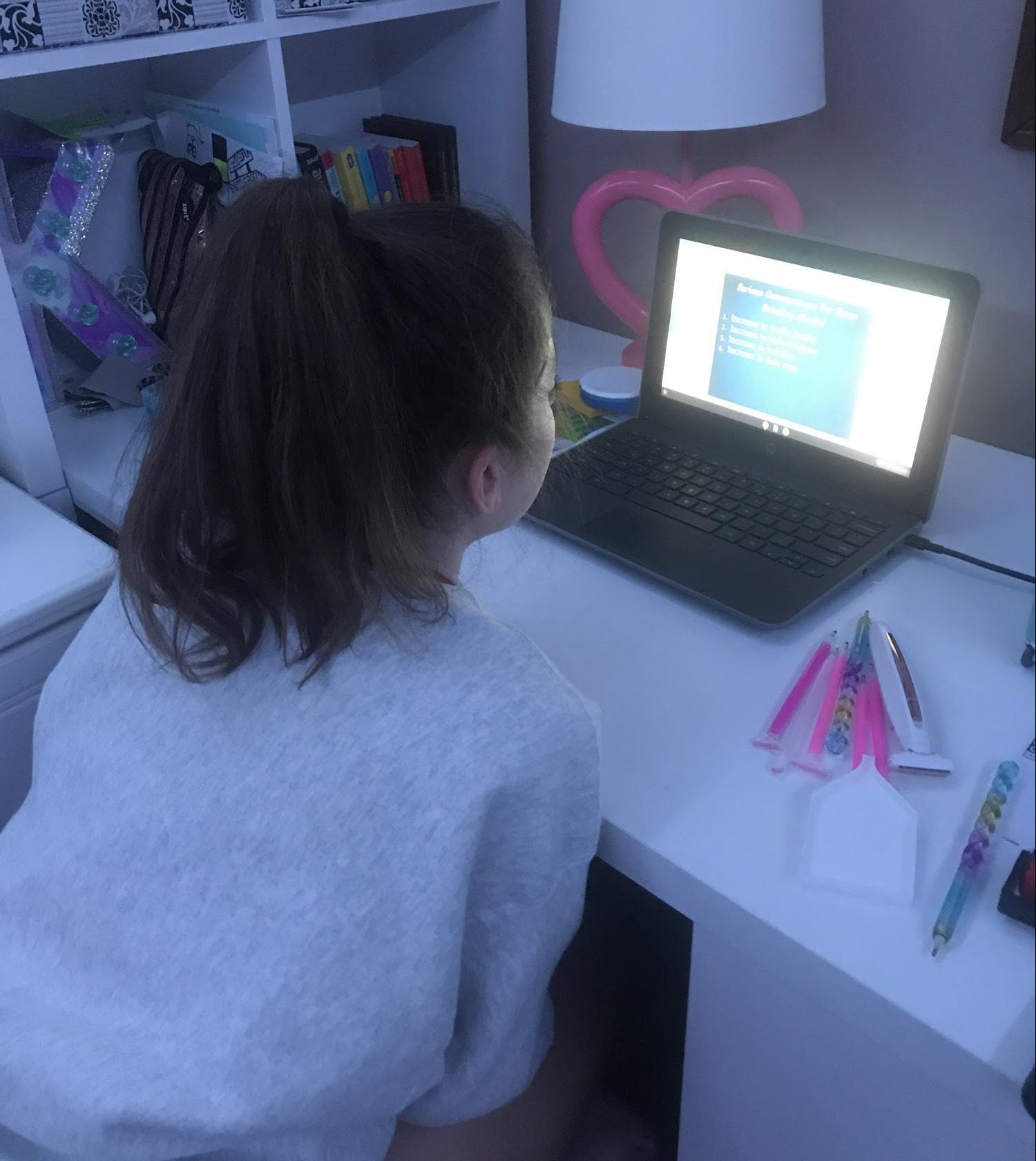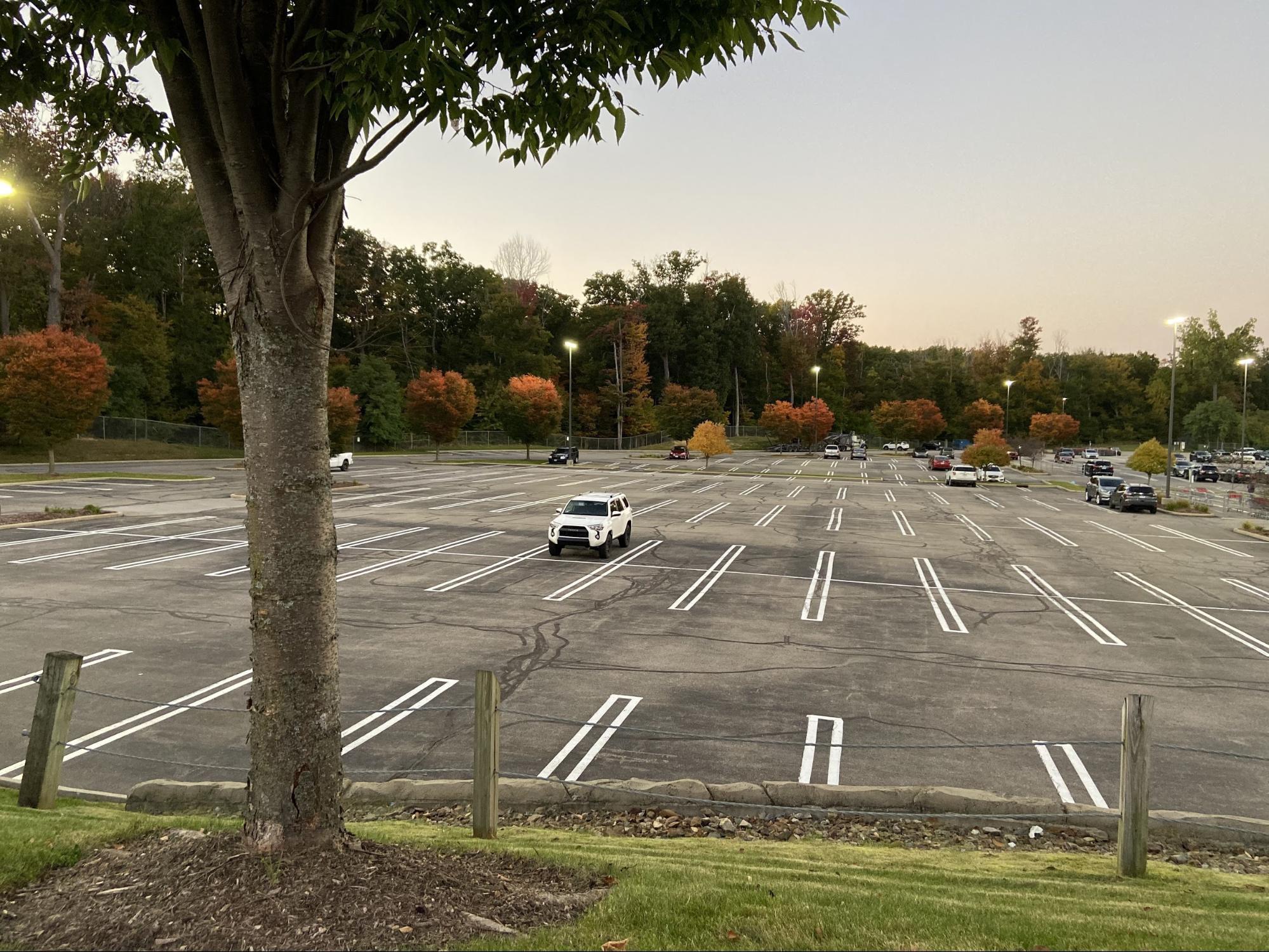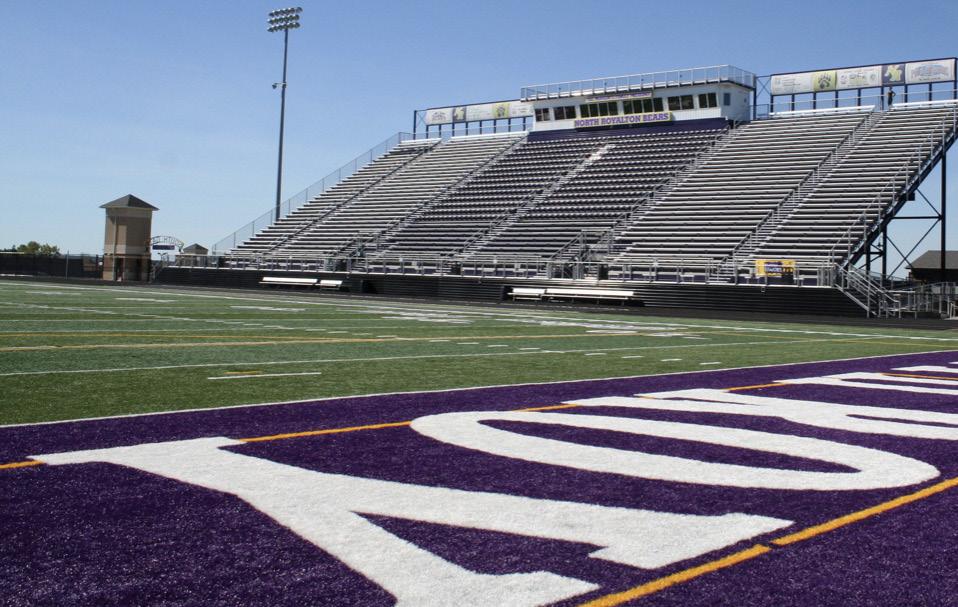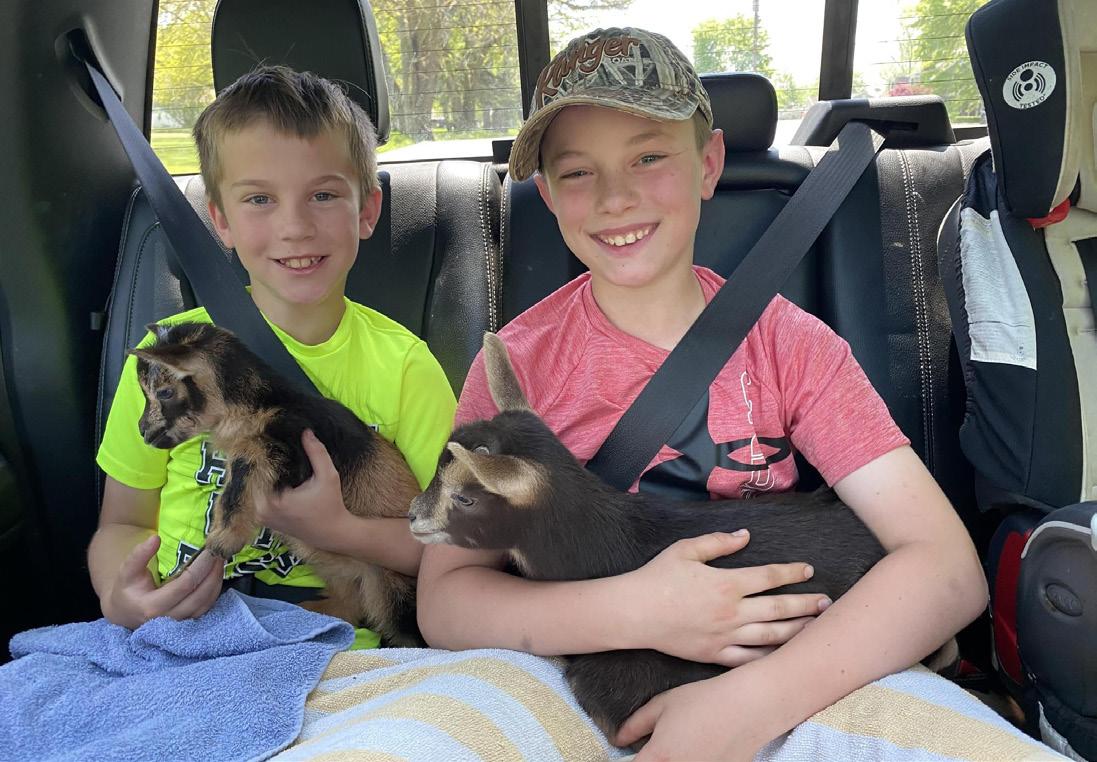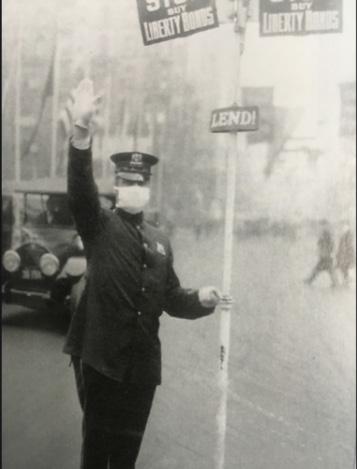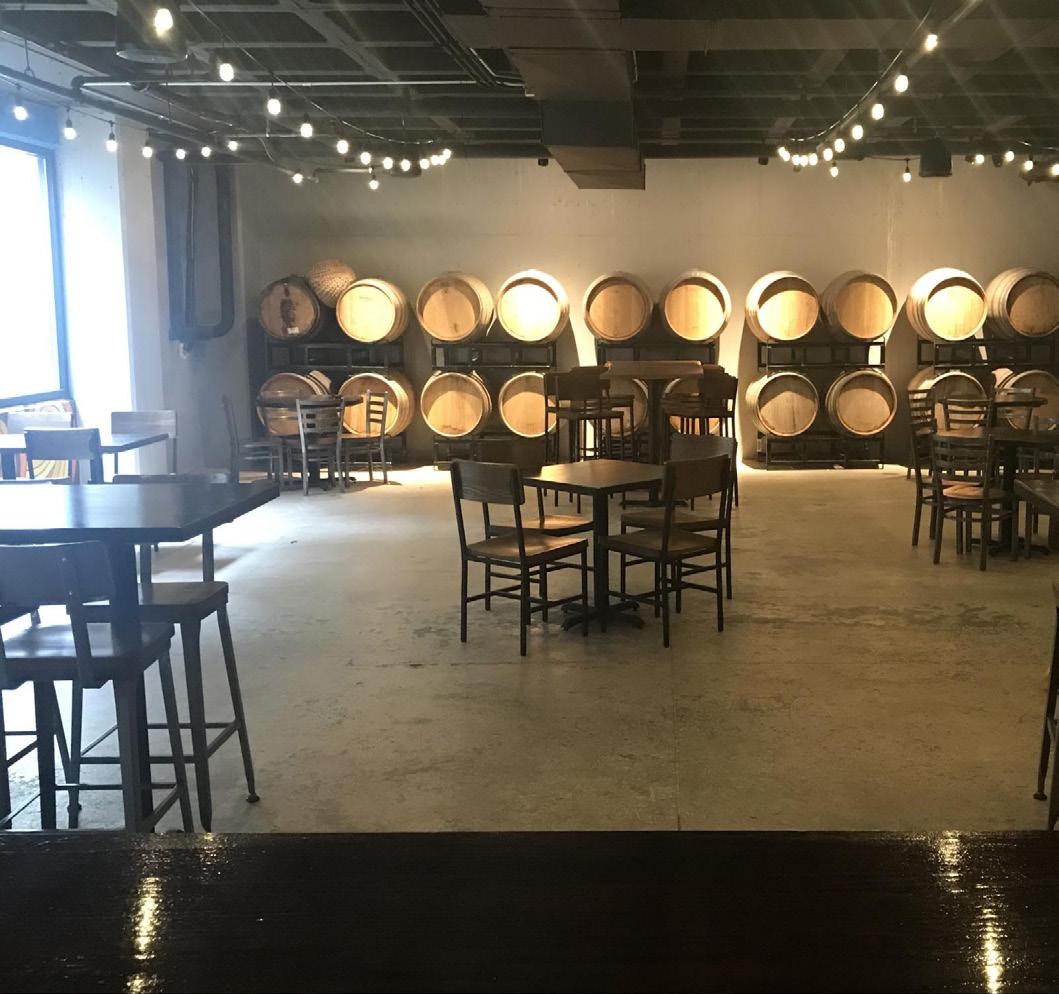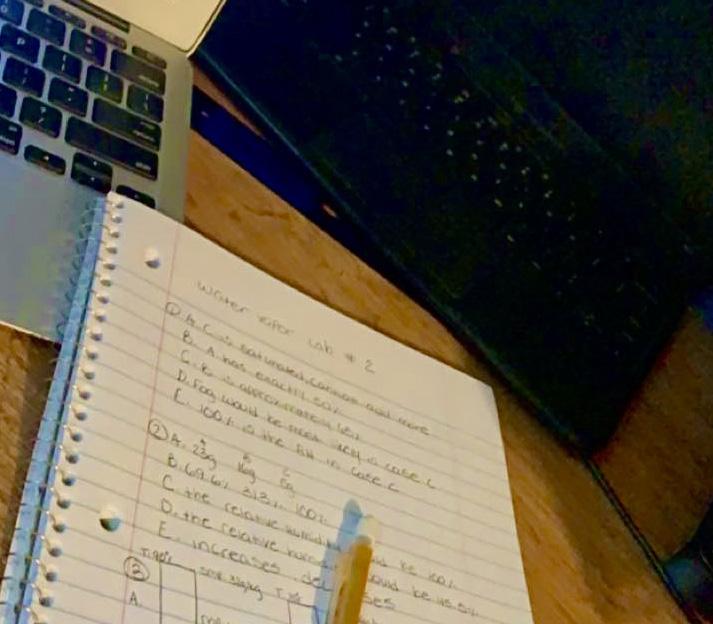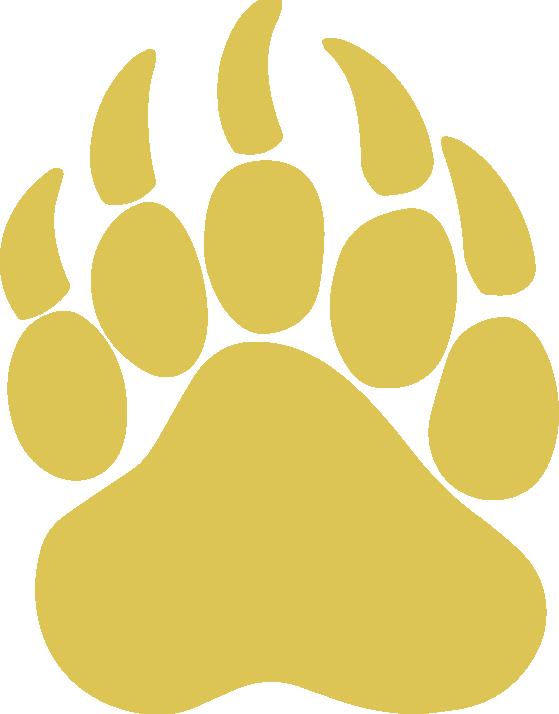SOCIALLY DISTANT BY 100-YEARS: HOW ROYALTON REACTED TO THE PREVIOUS PANDEMIC B Y JA R E T G O L D
N
orth Royalton, in the middle of a worldwide pandemic. People get sick, and people die. While many follow health guidelines, such as wearing masks and avoiding public interaction, others do the complete opposite. There is anger at restrictions on freedom; the public is divided on how to respond. This is North Royalton, 2020. But the description is also North Royalton, 1918, in the grip of the Spanish Flu. The North Royalton Historical Society keeps some of the best records of the city’s history. Yet, when it comes to the Spanish Flu pandemic, the usually reliable records are absent. But the lack of information actually reveals much about the condition of Royalton back in 1918. “Back then, most people [in North Royalton] lived on farms,” Historical Society President Don Harris said. “As they were often two or three miles apart, there probably weren’t a lot of cases.” In the city center, however, that was a different story. Harris says the flu would have spread to Royalton via merchants traveling from Cleveland, which had tens of thousands of cases, and more than four thousand deaths by the end of the pandemic. The dense population put store owners and city dwellers most at risk for contracting the flu. According to records from the Western Reserve Historical Society, Royalton had no de-
10
|
TH E ROYA L NEWS
Cuyahoga County police officers were required to wear masks in 1918. This officer directs traffic while reminding passerbys to buy liberty bonds to support the troops in the ongoing World War One. (Reprinted with permission from the Cleveland Police Museum.)

